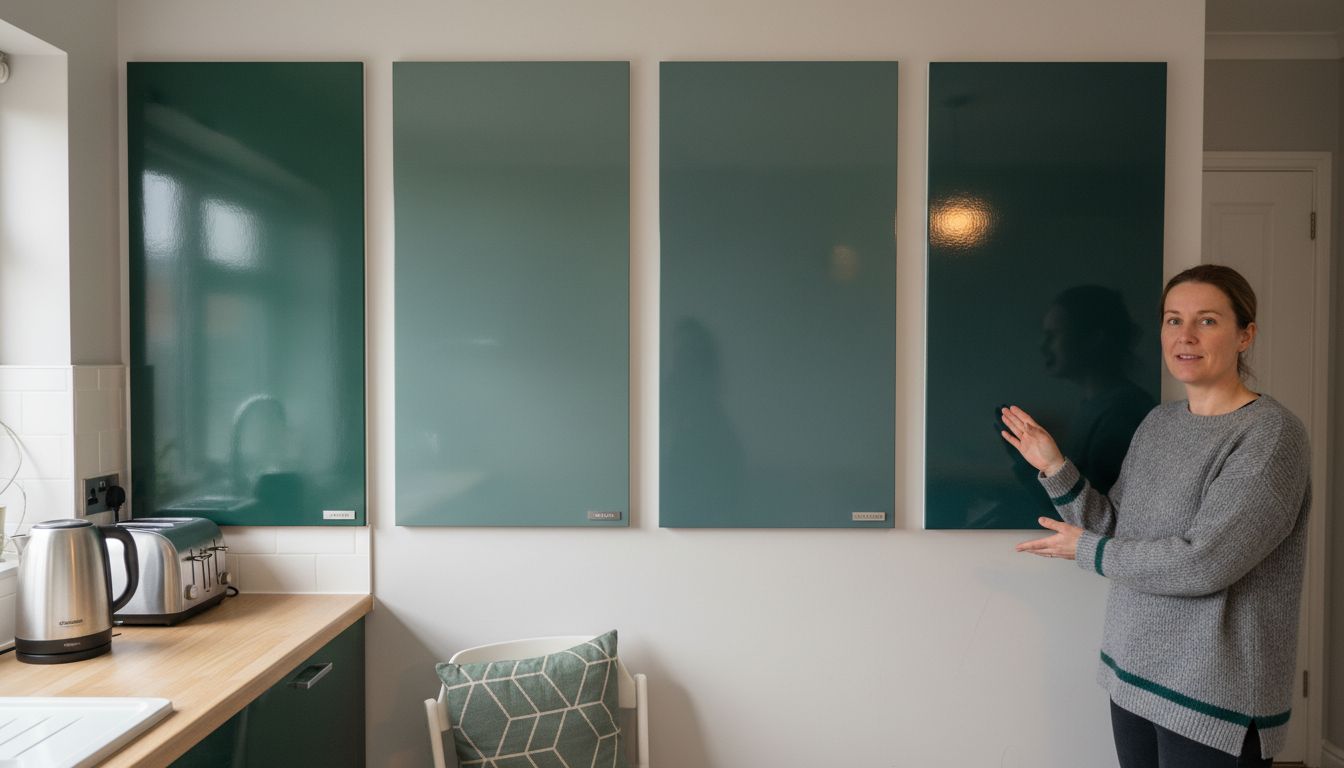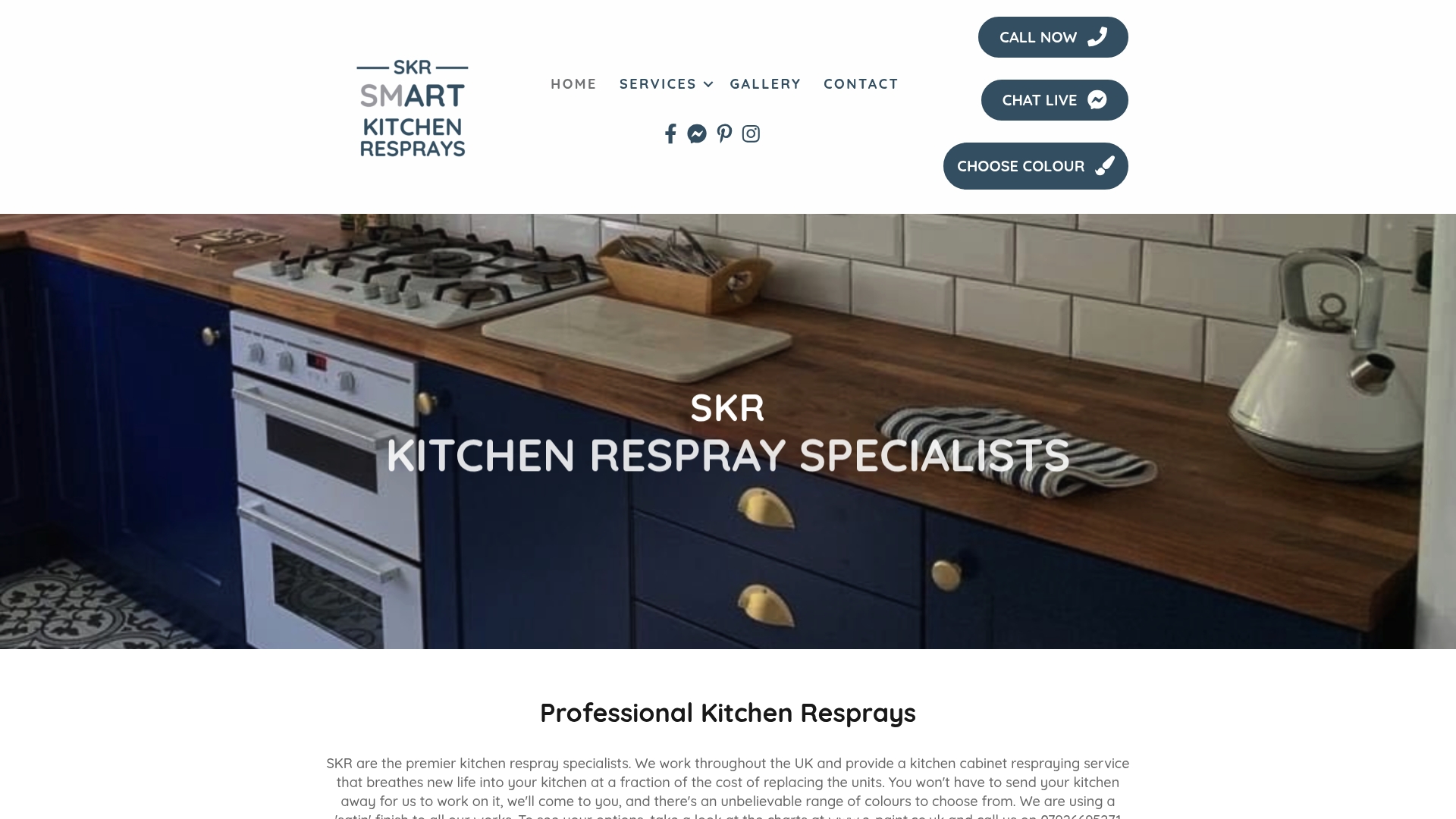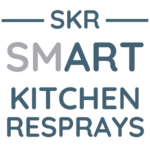Kitchen Respray for Landlords: Complete Guide UK
Did you know that a modern kitchen can help boost a rental property’s appeal by up to 20 percent? Tenants often judge a home by the quality and style of the kitchen. For landlords, finding a fast and affordable way to refresh this space is key to staying competitive. Discover smart solutions that save time and money while making kitchens look brand new without major work.
Table of Contents
- Kitchen Respray Explained for Landlords
- Types of Kitchen Respray Finishes
- In-Situ Respray Process and Timelines
- Legal and Safety Duties for Landlords
- Costs, Savings, and Common Pitfalls
Key Takeaways
| Point | Details |
|---|---|
| Cost-Effective Renovation | Kitchen respraying is a budget-friendly alternative to full renovations, typically costing £500-£1,500 and providing a 3-5% boost in property value. |
| Minimal Disruption | The in-situ respraying process is completed in 1-2 days, ensuring minimal inconvenience for tenants during renovations. |
| Finish Selection | Landlords should choose from finishes like matte, satin, semi-gloss, or high-gloss based on durability, maintenance needs, and tenant preferences. |
| Legal Responsibilities | Ensure compliance with safety regulations, maintenance of structural integrity, and tenant notifications during renovation processes. |
Kitchen Respray Explained for Landlords
As a landlord, maintaining your rental property’s kitchen is crucial for attracting and retaining quality tenants. Kitchen respraying offers an efficient, cost-effective method to refresh your property’s interior without undertaking a complete renovation. According to the National Residential Landlords Association (NRLA), improving kitchen appearances can significantly enhance rental property appeal.
A kitchen respray involves professionally repainting existing cupboard doors, units, and surfaces to create a fresh, modern look. This approach allows landlords to transform tired-looking kitchens without the substantial expense of full replacement. Kitchen Respray Best Practices can help you understand the technical aspects of this renovation strategy.
Key benefits for landlords include:
- Minimal disruption to rental property
- Lower cost compared to full kitchen replacement
- Quick turnaround time (typically 1-2 days)
- Ability to modernise kitchen appearance
- Increased property value and rental potential
By investing in a professional kitchen respray, landlords can maintain their property’s competitive edge in the rental market while managing renovation costs effectively. The Cost of Kitchen Respraying UK guide provides detailed insights into potential investment and returns for property owners.
Types of Kitchen Respray Finishes
Landlords have multiple kitchen respray finish options that can transform their rental property’s kitchen appearance while maintaining durability and aesthetic appeal. According to the National Residential Landlords Association (NRLA), strategic cabinet painting techniques can significantly enhance a kitchen’s visual presentation without substantial renovation costs.
The primary kitchen respray finishes include matte, satin, gloss, and semi-gloss options. Understanding Kitchen Spray Coating provides deeper insights into each finish’s characteristics. Each finish offers unique benefits:
Here’s a comparison of popular kitchen respray finishes for rental properties:
| Finish Type | Appearance | Durability & Maintenance | Ideal Scenarios |
|---|---|---|---|
| Matte | Subtle, non-reflective | Hides minor imperfections | Modern, understated designs |
| Satin | Soft sheen, low gloss | Masks light wear & tear | Busy kitchens, versatile style |
| Semi-Gloss | Noticeable shine | Easy cleaning, robust finish | Family rentals, frequent use |
| High-Gloss | Maximum shine, reflective | Shows marks, easy to wipe | Contemporary, statement kitchens |
- Matte Finish: Subtle, modern look with minimal reflection
- Satin Finish: Soft sheen, excellent for hiding minor surface imperfections
- Semi-Gloss Finish: Increased durability, easier cleaning
- High-Gloss Finish: Maximum shine and reflection, ideal for contemporary designs
When selecting a finish, landlords should consider factors like tenant preferences, kitchen lighting, and maintenance requirements. The UK government emphasizes the importance of choosing finishes that enhance property value and provide long-term functionality. For comprehensive guidance on selecting the right paint, The Essential Guide to Paint in Kitchen Renovation offers valuable professional recommendations for property owners.

In-Situ Respray Process and Timelines
In-situ kitchen respraying offers landlords an efficient method to renovate kitchen spaces without removing units or causing significant disruption. According to the National Residential Landlords Association (NRLA), careful preparation and strategic painting techniques can transform kitchen appearances rapidly and cost-effectively.
The typical in-situ respray process follows a structured timeline:
- Preparation Stage (1-2 hours): – Cleaning and degreasing surfaces- Removing hardware and covering surrounding areas
- Surface Preparation (2-3 hours):- Sanding and priming kitchen units
- Spraying Process (3-4 hours):- Professional spray application of chosen finish
- Drying and Finishing (12-24 hours):- Allowing paint to cure completely
When considering timelines, landlords should plan for a total project duration of 1-2 days. Kitchen Painting vs Kitchen Spraying provides additional insights into the nuanced differences between traditional painting and modern spraying techniques.
The UK government emphasizes minimizing tenant disruption during property improvements.
Professional in-situ respraying allows landlords to refresh kitchen spaces quickly, typically completing the entire process within 24-48 hours, ensuring minimal inconvenience for current occupants.
Legal and Safety Duties for Landlords
Landlords have specific legal responsibilities when maintaining rental properties, particularly regarding kitchen improvements and safety standards. According to the UK government’s guidance, these responsibilities extend beyond simple aesthetic updates to ensuring comprehensive tenant safety and property maintenance.
Key legal obligations for landlords include:
- Structural Integrity: Maintaining kitchen units, surfaces, and fixtures in good working condition
- Safety Compliance: Ensuring all kitchen installations meet current health and safety regulations
- Repair Notifications: Providing tenants with proper notice before conducting maintenance work
- Risk Assessment: Regularly checking kitchen areas for potential hazards
The government mandates that landlords must provide safe, habitable living environments. Kitchen Respray Regulations UK offers detailed insights into specific legal requirements surrounding kitchen renovations. Critical safety considerations involve:
- Ensuring electrical fittings are professionally installed
- Maintaining gas appliances with annual safety certificates
- Installing appropriate fire safety equipment
- Addressing any structural or moisture-related issues promptly
By understanding and implementing these legal duties, landlords can protect themselves from potential liability while providing high-quality, safe rental accommodations for their tenants.
Costs, Savings, and Common Pitfalls
Kitchen respraying presents landlords with a strategic approach to property improvement that balances cost-effectiveness and aesthetic enhancement. According to the National Residential Landlords Association (NRLA), targeted kitchen updates can significantly improve rental property appeal without requiring extensive financial investment.
Typical cost considerations for kitchen respraying include:
- Average Respray Cost: £500-£1,500 per kitchen
- Potential Property Value Increase: 3-5% market value boost
- Comparative Savings: Up to 70% cheaper than full kitchen replacement
Common pitfalls landlords should anticipate involve:
- Inadequate surface preparation
- Choosing low-quality paint materials
- Neglecting proper ventilation during painting
- Underestimating drying and curing times
Cost of Kitchen Respraying UK provides comprehensive insights into budgeting and financial planning for kitchen renovation projects. The UK government emphasizes the importance of strategic improvements that enhance property value while maintaining strict safety and quality standards. By carefully managing expenses and avoiding typical renovation mistakes, landlords can transform their kitchen spaces efficiently and economically.
Refresh Your Rental Kitchen with Expert In-Situ Respraying
Maintaining a modern and attractive kitchen can be one of the biggest challenges landlords face when trying to keep their properties competitive and appealing. If you want to avoid costly renovations yet still enhance your tenants’ satisfaction and potentially increase property value, professional kitchen respraying is the smart solution. This proven technique addresses common issues such as worn surfaces and outdated finishes by applying durable, beautiful coatings quickly and with minimal disruption.

Discover how our specialist team at SKR Specialists can transform your rental kitchen using expert in-situ respray methods. Explore our comprehensive services and learn more through our Uncategorized Archives where we share insights on kitchen updates. Don’t wait for wear and tear to drive tenants away or costly refurbishments that break your budget. Act now to elevate your property and provide a fresh new kitchen environment with minimum fuss. Visit our website to get started today.
Frequently Asked Questions
What is kitchen respraying, and how does it benefit landlords?
Kitchen respraying involves professionally repainting existing cupboard doors, units, and surfaces in a kitchen. It benefits landlords by providing a cost-effective way to update the kitchen’s appearance, typically with minimal disruption and a quick turnaround time.
How long does the kitchen respraying process take?
The kitchen respraying process typically takes 1-2 days. This includes preparation, spraying, and drying time, allowing landlords to refresh the kitchen without significant inconvenience to tenants.
What types of finishes are available for kitchen respraying?
Common finishes for kitchen respraying include matte, satin, semi-gloss, and high-gloss. Each finish has unique characteristics, such as durability and appearance, allowing landlords to choose based on aesthetic preferences and kitchen use.
What are the legal responsibilities of landlords during kitchen renovations?
Landlords must ensure structural integrity, safety compliance, and provide proper repair notifications to tenants before conducting maintenance work. Regular risk assessments and adherence to health and safety regulations are also critical during any renovations.
Recommended
- Kitchen Refurbishing Explained: Processes and Benefits – WordPress
- The Essential Guide to Kitchen Refurbishment – WordPress
- How to Choose Rental Insurance: A Complete Guide for Landlords – Rental Income Insurance
- Understanding What is Kitchen Deep Cleaning for Your Home | Rozie – Malta’s Best Cleaning Services
